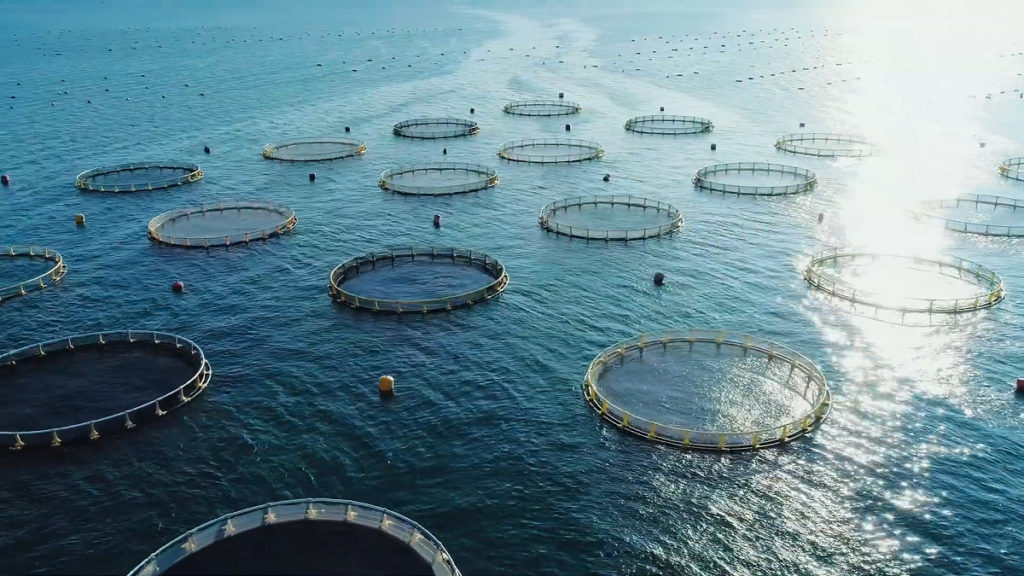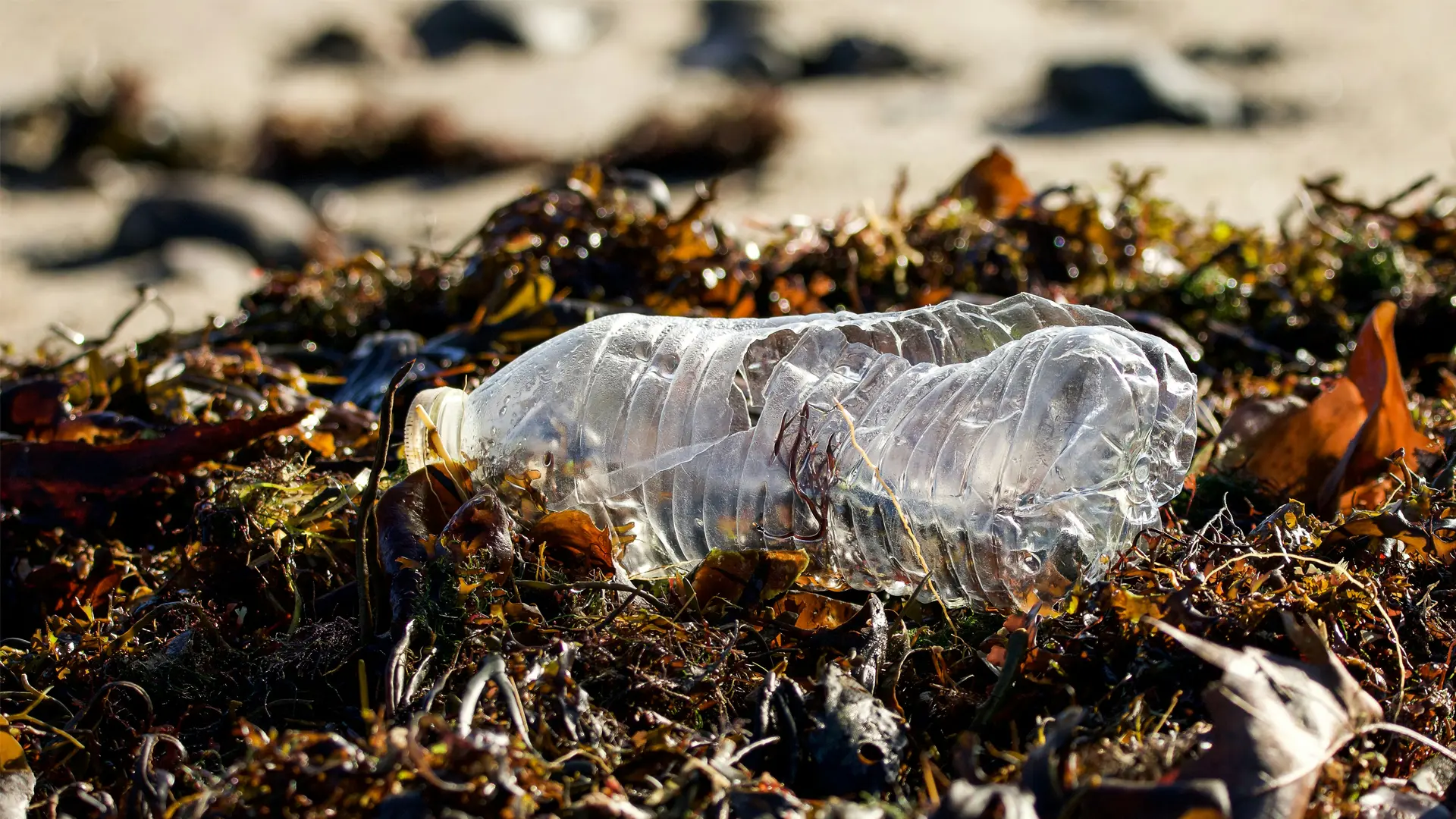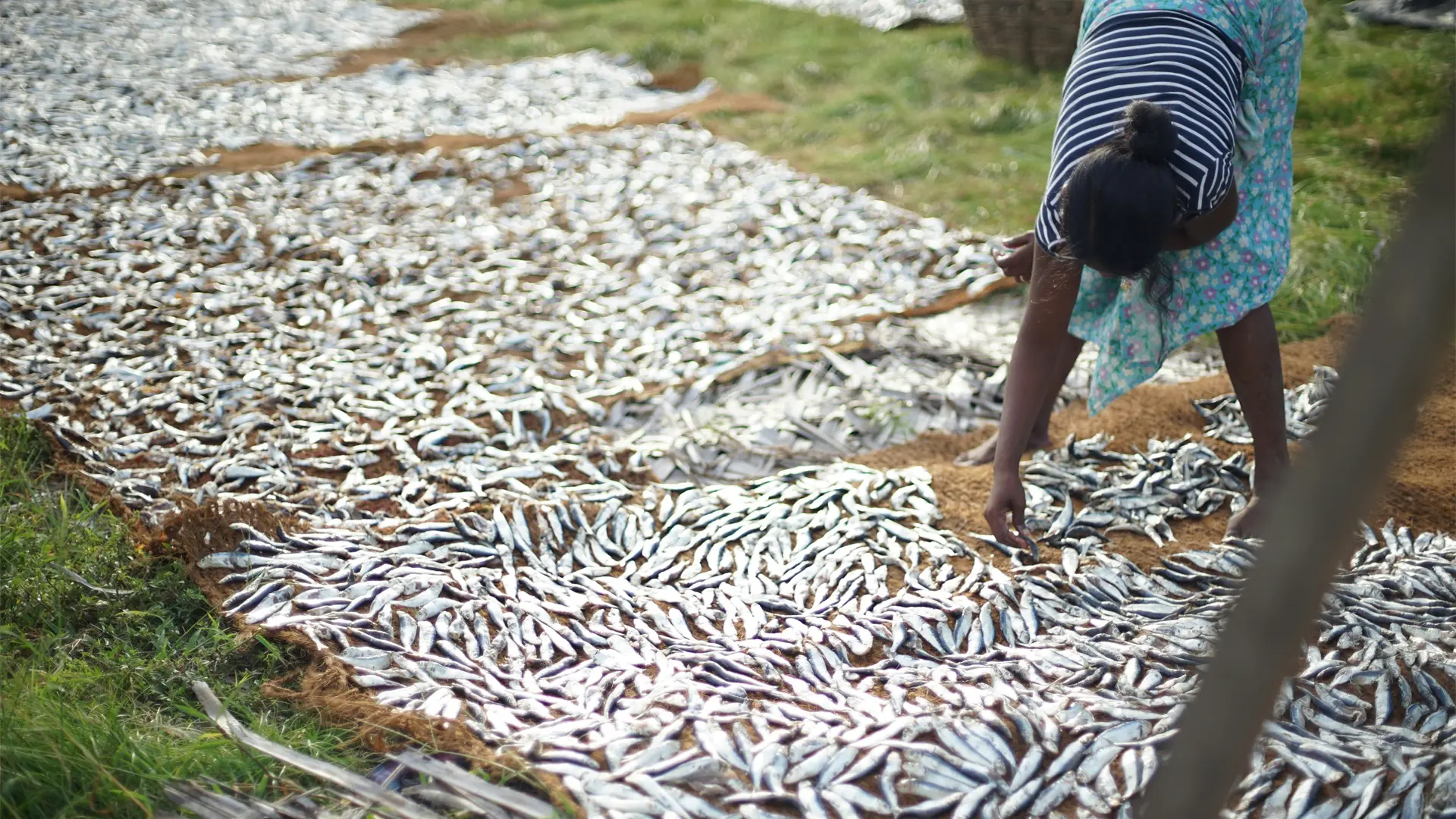
By Nathasha Wickramasinghe
As we move towards the future, our world is changing both positively and negatively. In terms of positive changes, there are major technological advancements. On the other hand, our earth is facing rapid climatic changes resulting in global warming.
Climate change is a global phenomenon which is the long-term/prolonged changes in weather patterns around the world. Climate change is altering biological processes in marine and freshwater fish and their food webs thus having a big impact on fisheries and aquaculture. Aquaculture which is the farming of fish, shellfish, and aquatic plants, has been affected by climate change for over decades. Aquaculture is the fastest-growing food supply sector with an average growth rate of 6.7%. This sector is an integral part of providing basic nutrients for humans.

Image by Govindraj Javali
Rising Sea Temperature
Fish are poikilothermic, which means that their body temperature varies/fluctuates depending on the temperature of the environment. Therefore, temperature plays a vital role in the growth of aquatic animals.
Despite the Paris agreement that came into effect on 4th November 2016 which stated that the collective goal of all the 193 parties that signed the agreement should be to maintain a global temperature of 2c or more (preferably 1.5c), it has not happened yet. So, as the temperature of the water rises due to the accumulation of carbon dioxide, fish will no longer be able to breathe.
Rising sea temperatures also result in thermal stress. Thermal stress is stress that is caused by changes in temperature. Stress has a severe impact on the physiology of the fish which subsequently has a direct impact on their immune system. Corals lose their integral partner which is the marine algae that give the corals their colour and produce food for the coral due to thermal stress. This results in coral bleaching. The Great Barrier Reef, one of the 7 natural wonders of the World, is suffering from coral bleaching. This not only has a drastic impact on aquatic life but also on people who depend on tourism to live.
Changes in temperature also result in nutrient distribution alterations, thus convectional breeding/growing grounds have been altered. This makes it difficult for farmers to catch fish and many fish struggle to obtain the necessary nutrients to evolve and grow to their full capacity.
Rising Sea Levels
With the ongoing climatic crisis, the Intergovernmental Panel on climate change states that the sea level is expected to rise between 10 and 30 inches (i.e. 26 to 77 centimetres) with the temperature warming 1.5c by 2100. But this is expected to change as the magnitude and the rate of the rise depend on greenhouse gas emissions.
A sea level rise will change the composition of species and ecosystem productivity. This rise can also damage aquaculture facilities such as cages, tanks, and ponds, particularly those located in lowland regions.
Sea levels rising can also destroy coastal ecosystems such as mangroves, which are required to protect the coast from coastal erosion, and even salt marshes which are crucial for maintaining fish stock. Damage to these ecosystems could put local people under pressure to move their aquaculture farms elsewhere.

Italian Fish Farmers Association
Ocean Acidification
The ocean is very important to us, not just because it provides various habitats to an eclectic mix of exotic creatures but also because it is the biggest carbon sink to exist on earth. Oceans absorb 50 times more CO2 from the atmosphere than trees on the land. Seaweed (all types) is able to store CO2 for up to a whopping 800 years! Therefore, it is important to ensure the pH levels do not fall, which would result in ocean acidification.
Ocean acidification refers to a decline in pH levels in ocean water resulting from excessive CO2 uptake. A fall in pH level to a critical level will cause water to become too acidic for marine animals and plants to survive thus leading to death. The capacity of the ocean to store CO2 decreases as aquatic plants and other species such as phytoplankton (i.e. the biggest carbon sink) die, thereby exacerbating the state of global warming.
Moreover, a rise in ocean acidity results in a decrease in the availability of carbonate for corals (Carbonate is the building block of corals). Thus, growth declines resulting in the depletion of the natural habitat. This will place much of the aquatic way of life in danger.
Rising acidity can also have a negative impact on the physiology and metabolism of aquatic species but this depends on the adaptive capacity of the species.
Fisheries is a place where fish are grown for food/where they are caught for commercial purposes. The impact of climate change on fisheries can be segmented into two categories.
1. Direct effect
2. Indirect effect
Direct effects are seen in the physiology, reproduction, behavior, and development rates of the fish. Indirect effect act through changes in the ecosystem such as nutrient distribution and availability of species.
Fishery scientists use computer-based models to monitor water temperature/acidification levels. Based on recent data from the models, the carbon dioxide content has rapidly increased, resulting in many fish struggling to survive due to oxygen deprivation. Consequently, the fishery industry will also struggle to meet the demand for fish around the world (demand>supply), thereby resulting in food insecurity.

Image by Paul Einerhand
Poverty and Climate Change
Small-scale fisheries are extremely vulnerable to climate change. There are two factors affecting this:
1. Poverty
2. Location
Many small-scale fisheries are located on waterfronts and so they are exposed to natural hazards fueled by climate change such as coastal flooding, hurricanes, ocean acidification, and coastal erosion. And due to their low income, they are unable to build effective defense barriers to protect fish farms from disasters.
Therefore, many lose their source of income and cannot support their livelihoods. Livelihood strategies may have to be modified with changes in fish migration patterns. This could potentially impose social pressure and major occupational changes.
Cover image: GEF

Climate Change Impacts on Fisheries and Aquaculture in Sri Lanka
By Moira Alfred Sri Lanka, a tropical nation near the equator, is heavily reliant on its fisheries and aquaculture industry. However, this island, renowned as

The Plastic Journey: From Oceans to Plates – Unveiling the Invisible Threat
By Dilshani Maralanda Plastic pollution has become a serious global issue, transforming our beautiful, biodiversity-rich oceans into vast dumping grounds. Unlike natural materials, plastics are

The Unsung Heroines of Sri Lanka’s Coastal Fishing Communities
By Nadithi Jagoda When we picture Sri Lanka’s coastal fishing industry, images of fishermen hauling in their daily catch often come to mind. But behind
